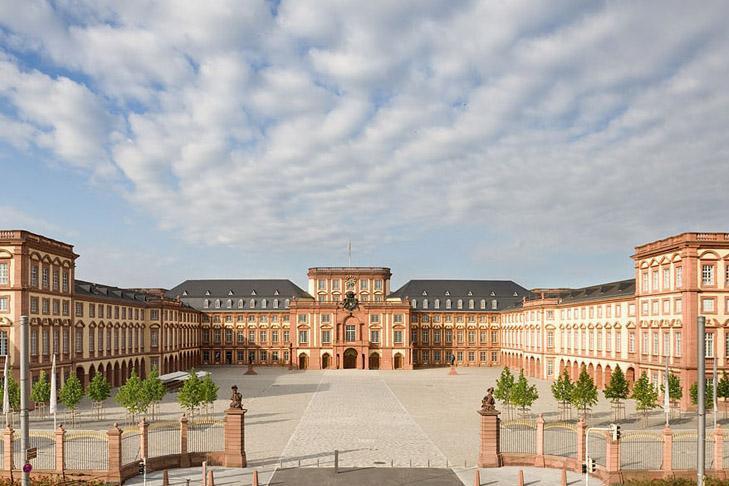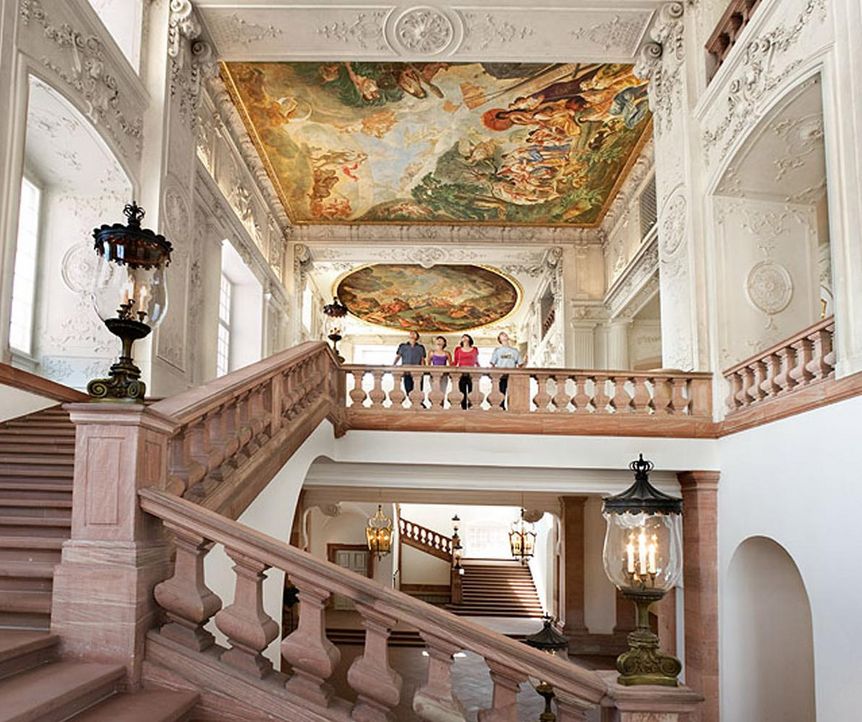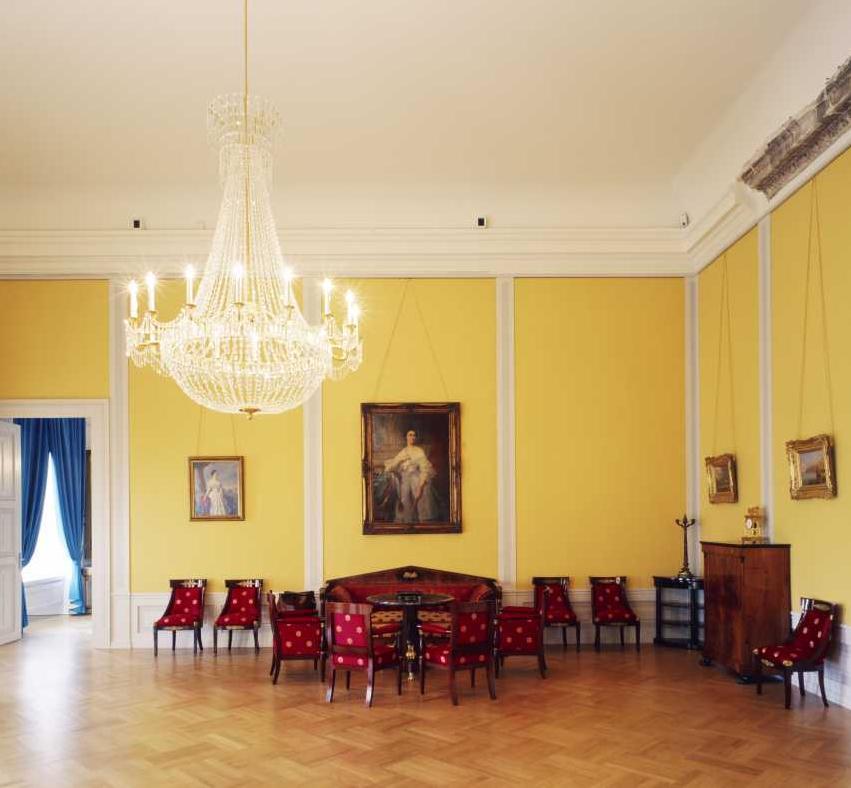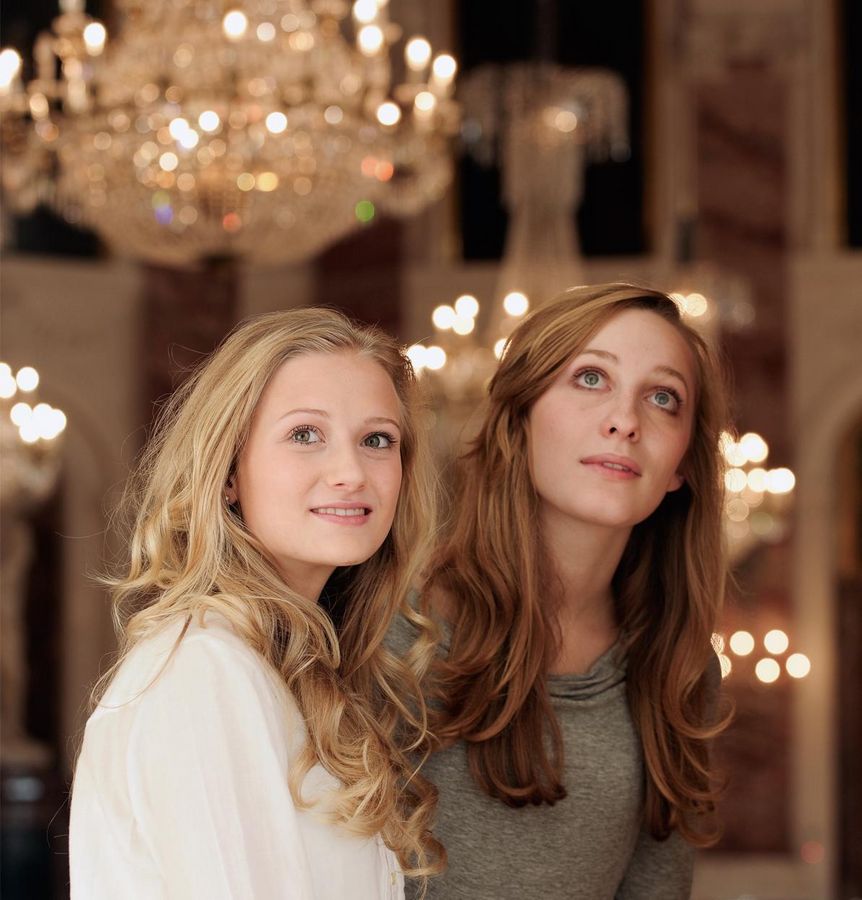Baroque residence of the Palatinate House of Wittelsbach
Prince-Elector Carl Phillipp and his successor, Carl Theodor von der Pfalz, added to the second largest Baroque ensemble in Europe for more than 40 years. The elegant interior furnishings, which were created in the late 1820s, were in the newest French fashion. However, the exterior of the palace attracted criticism, as the builders had not complied with contemporary rules of architectural theory. Robert de Cotte, the royal architect of the French king, is said to have reacted simply by shaking his head. Not only the magnificent interior furnishings, but also the sheer size of the complex, were apt to impress.







